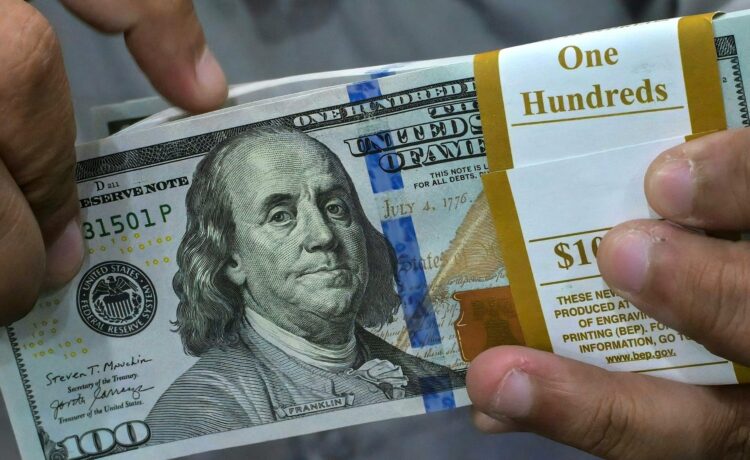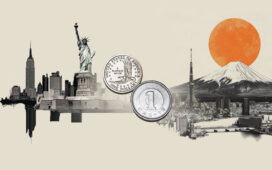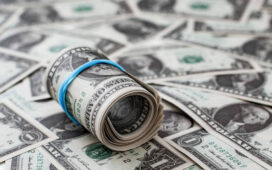The U.S. dollar has not been having a great year. The Dollar Index — a measure of the dollar versus other major currencies — is at its lowest level in over three years.
Concerns about the United States’ chaotic trade policy and rising government debt have weakened the greenback in recent months.
A weaker dollar is bad news for companies importing goods to the U.S. Also, not great for American tourists going overseas.
But for some large companies doing a lot of business outside the U.S., a weak dollar can have benefits, ones that may start showing up as companies report their financial results.
A large, multinational company based in the U.S. that does significant business in Europe might find itself navigating complex currency dynamics.
“You have $200 million in euro-based revenues, because you’re selling in various European countries,” said JoAnne Feeney, a partner at Advisors Capital Management.
Then, say, the value of the dollar compared to the euro has dropped by 10%, which is about how much it’s fallen this year.
When that euro revenue is converted back to dollars, “That’s an extra $20 million in dollar revenues that you’ll have that quarter,” said Feeney.
Not bad!
That’s what some companies are experiencing right now. The weaker dollar is making their overseas sales a bit more valuable.
But they shouldn’t get used to it, said Nelson Yu, head of equities at Alliance Bernstein.
“What might be a benefit this year might actually be a headwind next year,” Yu said.
Currency values are generally pretty cyclical. Meaning, while the dollar is weaker now, it could strengthen again, wiping out that advantage.
Companies have no control over those fluctuations, which is why, Yu said, you might not hear them talk much about them in upcoming earnings calls.
“It’s not something that they would want to talk up in terms of, oh, we’re deriving a lot of growth from the fact that the foreign currencies have strengthened against the dollar,” said Yu.
On the other hand, when the dollar’s been strong in recent years, some companies have been happy to talk about the downside, or what they call “FX – foreign exchange – headwinds,” said Santosh Rao at Manhattan Venture Partners.
“We saw that for the last number of quarters when the dollar was strong, a tremendous headwinds from the dollar strength, and that showed up, they reduced their profitability by a certain percentage,” Rao said.
But for now, the weaker dollar could boost the profitability of some companies, or at least offset some of the added costs they’re seeing from tariffs.
Ultimately, what investors should be asking is, “How well is the company managing their fundamental business, the things they can control,” Feeney said.
Because currencies and tariffs are going to keep changing.




